Startseite » 3D printing & services » Areas of Application & Advantages » Advantages & profitability
How has manufacturing been carried out up to now? The answer: either in a roundabout way using a tool, mould or wax to manufacture a product via die casting, injection moulding or investment casting or by using CNC milling to create the product from a block of material, namely to manufacture it subtractively. All of these methods have established themselves as tried and tested and will continue to be important in the future. Injection moulding, for example, will remain an unbeatable option for the production of millions of plastic components.
“The main advantage of industrial 3D printing is the freedom in the design of the component, regardless of the tool or shape.”
The additive manufacturing process – the direct route to the product
In additive manufacturing, the production path is much more direct: the desired product is created layer by layer from 3D CAD data. This approach reduces costs, resources and time expenditure in many areas, especially beyond large-scale industrial production. Prototypes can be built extremely quickly and cost-effectively to optimise designs and accelerate development cycles. With additive manufacturing, end products in individual or series production are also produced flexibly and on demand.
What are the design and production advantages of industrial 3D printing in additive manufacturing?
The additive manufacturing process provides companies with considerable competitive advantages in many areas of production: in the local and demand-oriented development of spare parts production, when manufacturing customer-specific products, in lightweight construction, for functional integration or when implementing innovative ideas. Industrial 3D printing is designed precisely to meet such requirements and can now do much more than just rapid prototyping and rapid tooling. Depending on the needs and requirements, industrial medium-series production of up to 100,000 components per system and year is now an easily feasible and sensible option with rapid manufacturing – and the trend is rising.
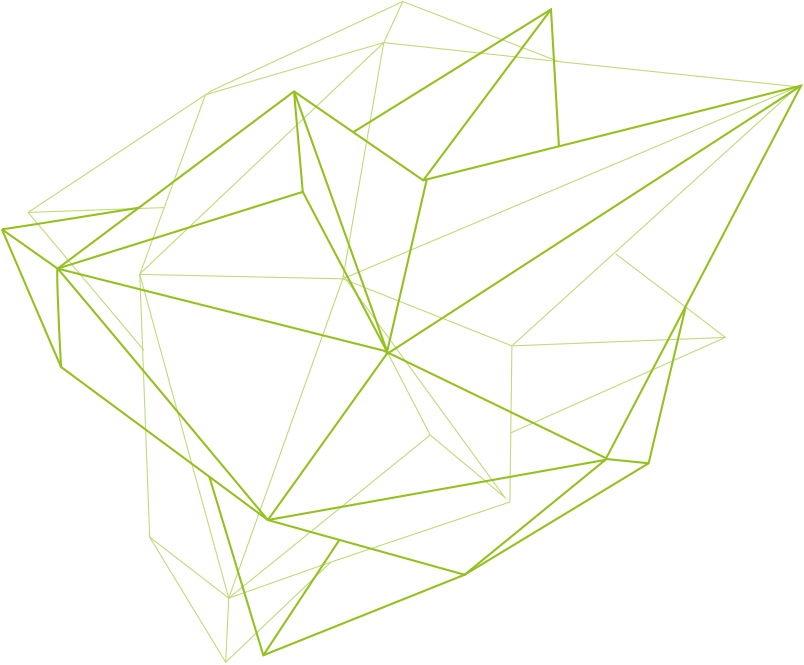
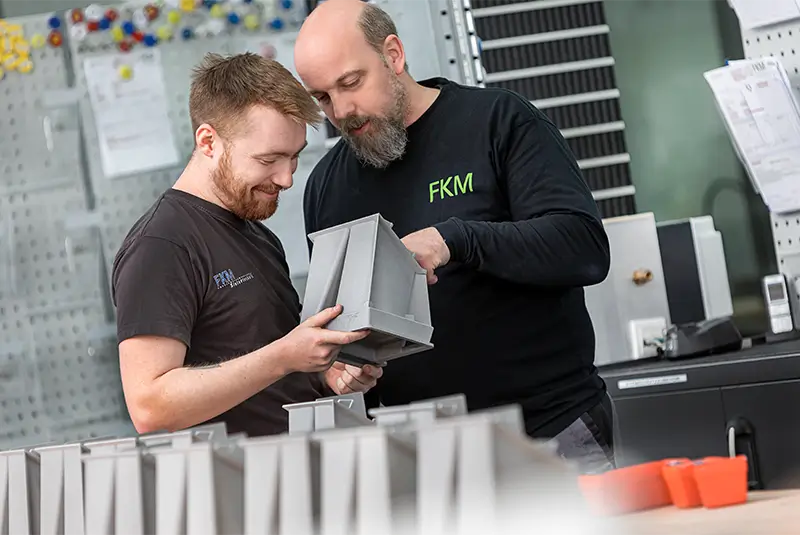
Individual products, spare parts and a batch size of one
Manufacturers are under pressure in many areas. Customers from the automotive, consumer goods and medical technology sectors, for example, are increasingly demanding individual or individualised products, especially in line with the mass customisation trend. At the same time, cost pressure and the requirement to manufacture such products profitably are also increasing. In addition, suppliers from the automotive and mobility sectors are faced with the challenge of guaranteeing their customers the availability of spare parts for ten years or more. Stocking up on such products and manufacturing them on spec leads to high material, production and storage costs. When it comes to tackling this challenge, additive manufacturing processes represent a real alternative. They enable individual, rapid and on-demand production and are therefore a cost-effective solution for many industries.
“FKM is your experienced partner for economically and technically mature 3D printing solutions. Feel free to contact us directly!”
3D-printed, high-strength lightweight structures save material and costs.
The resources consumed by products should never go beyond the amount that is absolutely necessary in order for them to function. Given that the consumption of raw materials – and thus also the prices for resources – are rising enormously worldwide, this requirement is becoming more and more important as a focus of product development and manufacturing. The light weight of 3D-printed components is another advantage that is important for many applications. Our 3D printing additive manufacturing enables the design and production of high-strength lightweight structures that prove to be too problematic for conventional production processes.
Even in the design process, a significant amount of material can be saved for most 3D-printed components compared to conventional production. In subsequent 3D printing production, material is then only applied where it is functionally necessary.
The 3D printing process results in lightweight, high-strength components that are primarily used in the aerospace and aviation industries. Every gramme less in weight represents money that can be saved throughout the life cycle of a component and helps to protect the environment.
“FKM is your experienced partner for resource-efficient lightweight 3D printing solutions. Feel free to contact us directly!”
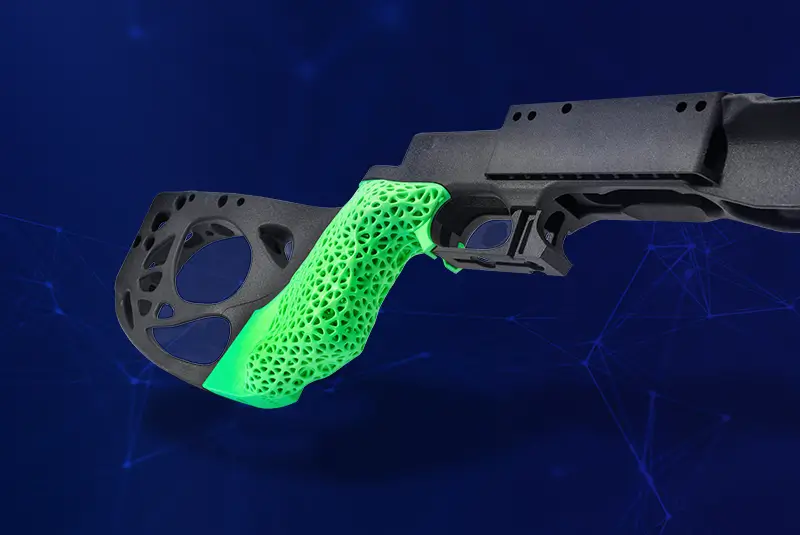


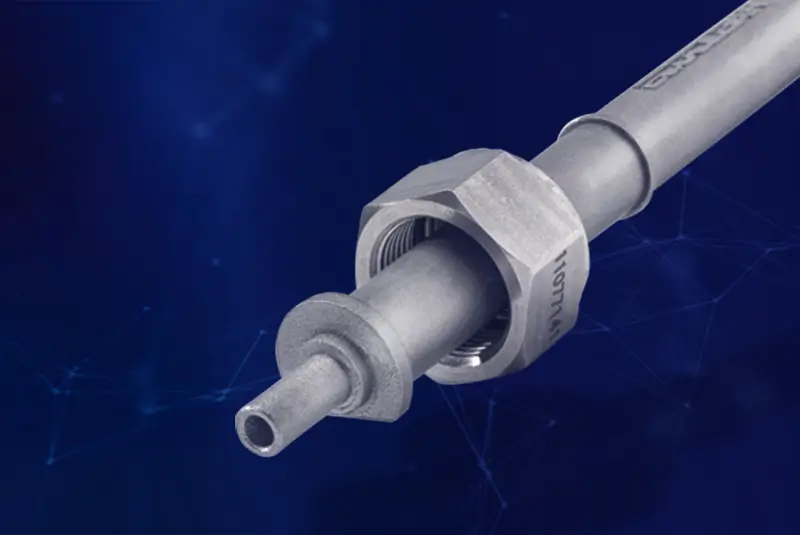
Fewer components, reduced assembly effort and increased cost-effectiveness
Why is it sensible and necessary to combine more and more functions and implement them with as few individual components as possible?
Many applications benefit from compact, space-saving components with the same or even extended functionality. In addition, fewer assembly components always mean less assembly effort, a reduced probability of errors and lower logistics costs – and thus more cost-effectiveness in production. In fact, many examples show that with the help of FKM’s tool-free additive manufacturing, all the required components can be produced in just one step.
Functional components such as joints, articulated chains, stabilised springs or scissor mechanisms are often used in automation and production technology, for example when individual and complex mechanisms are required for gripping, transporting or storing. Other areas of application in which functional integration plays a major role are medical technology and the production of orthoses and prostheses.
“FKM is your experienced partner for optimally functionally integrated 3D printing solutions that lead to significant assembly cost savings. Feel free to contact us directly!”
Rethinking products with the possibilities of additive manufacturing
With industrial 3D printing, it is no longer the manufacturing process but instead the desired function and design of the product that determines how complex a component can be. With conventional technologies such as milling, turning or casting, the production of complex geometries, namely three-dimensional structures with undercuts or cavities, is usually only possible at disproportionately high costs, if at all. Additive manufacturing processes, on the other hand, create completely new possibilities.
What does that mean in concrete terms?
All shapes that can be constructed with a 3D CAD program can be produced using additive manufacturing technology. There are virtually no restrictions – not even when producing hollow structures. This is possible because material is only applied at the points where it is required and planned. Additive manufacturing gives developers maximum geometric design freedom. And when it comes to production costs, complexity actually plays a rather subordinate role. In many cases, costs can even be significantly reduced due to the lower material consumption.
“FKM is your experienced partner for creating all kinds of geometries in metal or plastic in a powder bed. Feel free to contact us directly!”
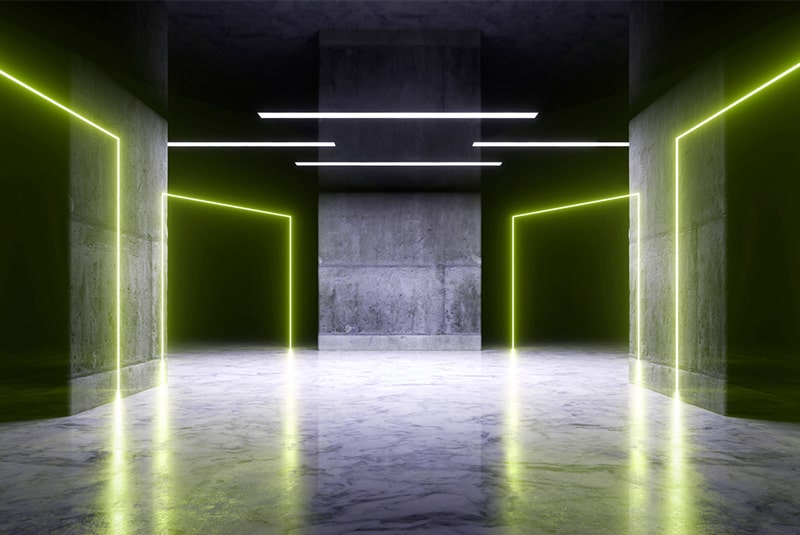

Instead of assembling complex products, simply print them as an integrated solution.
Industrial 3D printing enables the profitable production of individual pieces as well as small and medium-sized series. Compared to conventional manufacturing processes such as milling, turning or casting, the production costs of 3D printing are not linked to the complexity of a component. Where expensive tools or elaborate special solutions were previously necessary and could put on-time completion at risk, a 3D printer with the optimally selected powder material is now sufficient. As a result, complex components can be produced in the shortest possible time.
Embed functions and save material and weight.
In additive manufacturing processes, the external geometry is virtually the only cost-relevant factor, while complexity barely plays a role in terms of production time and costs. Clever functional integration of elements such as springs or hinge joints lowers the number of components and therefore reduces the administrative effort with ERP systems and the assembly costs involved. In addition, designing lightweight structures enables users to save material and weight.
Even in the future, industrial 3D printing will not always be an alternative to conventional manufacturing technologies. Nonetheless, it is an ideal solution where conventional processes such as injection moulding, die casting or milling reach their limits.
Sie haben Fragen?
Nehmen Sie zu uns Kontakt auf.
Do you have any questions?
Please get in touch with us.